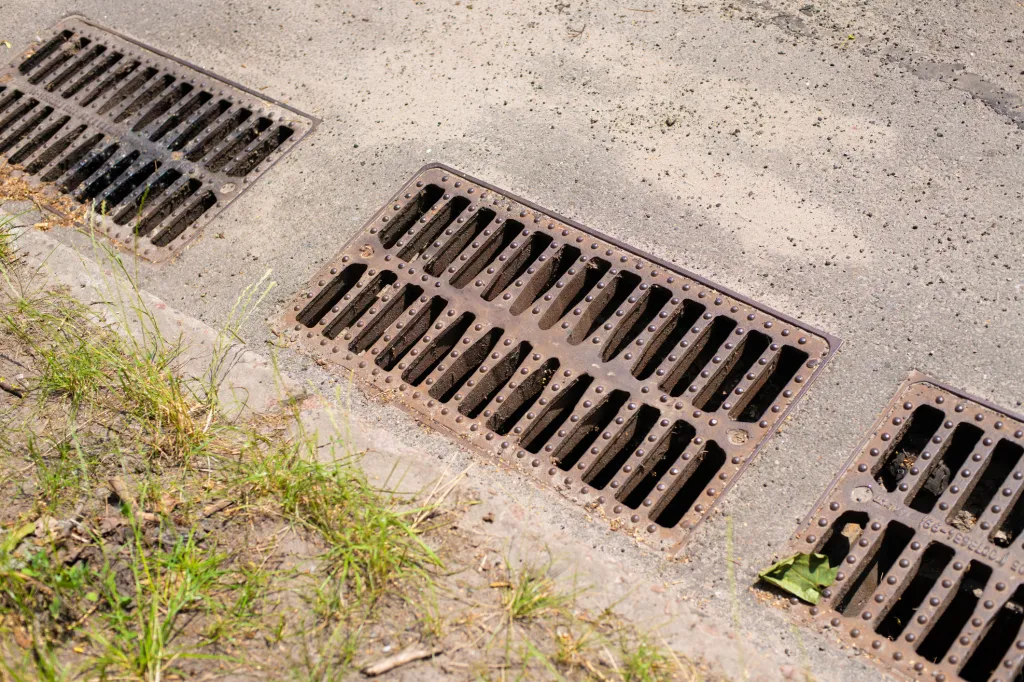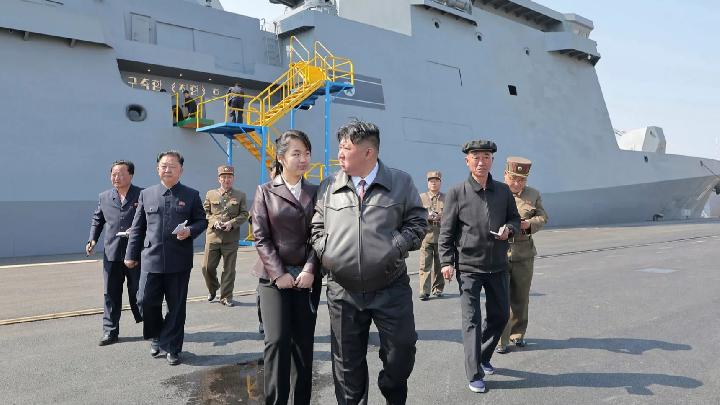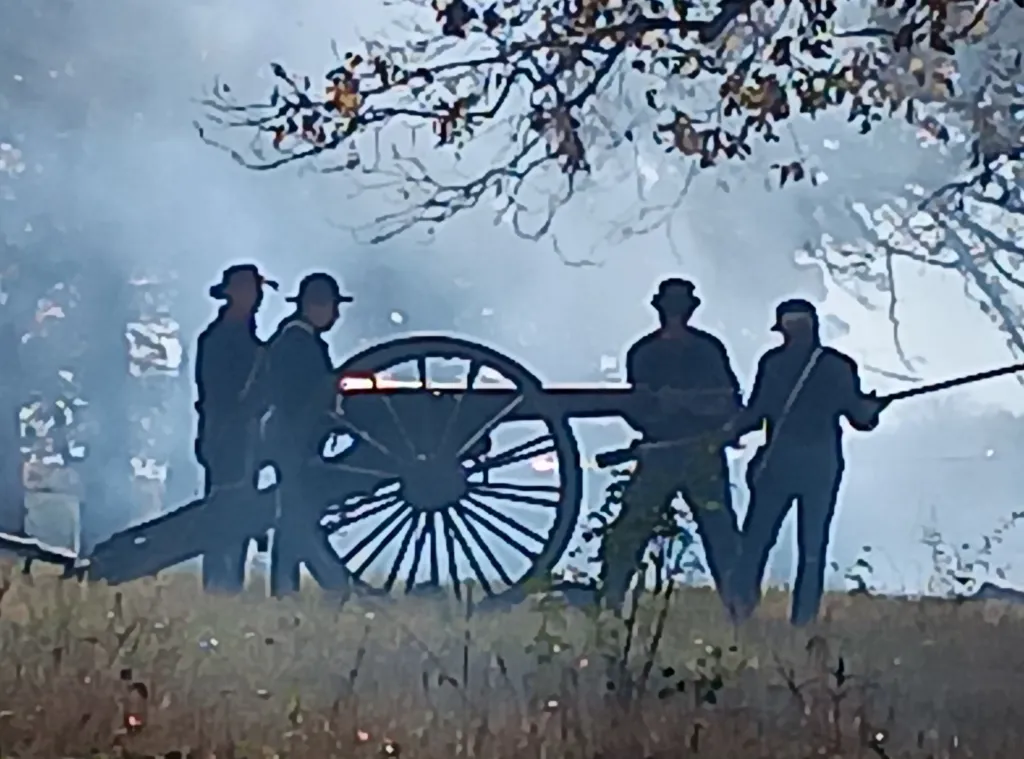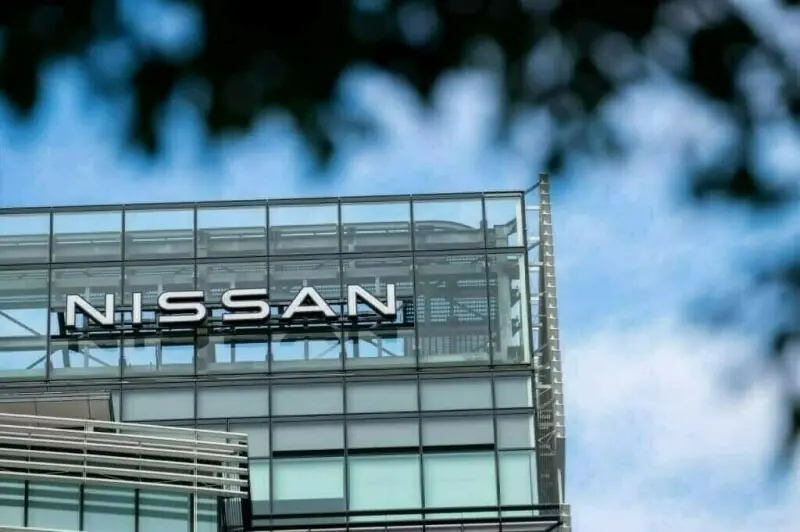Copyright Santa Rosa Press Democrat

The complex web of federal, state and local water-quality rules has recently become even more stringent, as was on display at a roundtable Wednesday in Santa Rosa that brought together more than two dozen local regulators, municipal officials and construction industry professionals to tackle what’s changed and what’s posing problems. The event, hosted by the Northern California Engineering Contractors Association and the North Coast Builders Exchange, revealed an evolving regulatory landscape for protecting streams, creeks and rivers from runoff of sediment, oils and other pollutants from construction sites. Walt Dragaloski, water resource control engineer for the North Coast Regional Water Quality Control Board said an audit by the U.S. Environmental Protection Agency found shortcomings in violation notifications, the regional board has increased enforcement. As a result, even minor lapses in BMP implementation — such as incomplete erosion control, inadequate stabilization before storms or improper site housekeeping — are more likely to trigger formal violations than in the past. Contractors at the event acknowledged the heightened stakes. On fast-moving schedules, it “almost seems impossible to do” everything expected when weather, site conditions and material logistics change rapidly, said John Bly, association executive director. He said contractors “look for uncertainties in the bidding, construction and planning process… so that we hopefully create more efficient projects that are compliant.” And the new rules facing contractors can make it challenging when dealing with construction permit officials at local governments. “You could have two different requirements that are in parallel, but they are two different requirements,” said Nick Sudano, Santa Rosa stormwater program manager, to the roughly two dozen attending the workshop. Navigating the web Under the federal Clean Water Act, stormwater discharges associated with construction activity and municipal separate storm sewer systems (MS4s) must be regulated through the National Pollutant Discharge Elimination System (NPDES) permit program. (California Water Board) In California, the State Water Resources Control Board (State Water Board) administers regulation of construction site runoff through the statewide Construction Stormwater General Permit, and the 2022 update has rolled out over the past three years. (California Water Board) Construction sites disturbing 1 acre or more of soil — or smaller sites that are part of a larger common plan of development disturbing over 1 acre — must enroll under the CGP and implement a site-specific Stormwater Pollution Prevention Plan (SWPPP) that incorporates best management practices (BMPs) to control erosion, sediment and other pollutant discharges. Meanwhile, municipalities and counties operate under MS4 permits requiring them to develop local programs to regulate stormwater runoff — including construction-site oversight — to protect receiving waters to the “maximum extent practicable” (MEP). These local permits often tackle a state goal of low-impact development, which tries to move rainwater off the site as quickly as possible after treatment through various means to remove pollutants. (Cal Water Board) On-the-ground realities Dragaloski emphasized that the regional water board now has a firm expectation of what it will be expecting at job sites ahead of “qualified rain events” (over 50% probability of more than a half-inch of rain). “You better have your erosion control not only installed, but cured,” Dragaloski said, referring to commonly use sprayed on materials that seek to keep sediments from washing away, even from gravel marketed as washed. That reflects the 2022 permit’s updated requirement to apply and maintain BMPs proactively to protect runoff from construction disturbances. For builders on private jobs, there may be fewer allowances for weather-related delays even as stormwater compliance obligations rise, and even more bidding challenges for public works projects, Bly said. “On public projects, I’d be asking for rain days. Private side, I don’t know how the hell you get to do it. I really don’t,” Bly said about moving ahead with projects during the typically rainy season between Oct. 1 and spring. Documentation and training gaps Regulators and contractors flagged training, documentation and workforce quality as ongoing concerns. Under the 2022 permit update, certified professionals — qualified SWPPP developers (QSDs) and qualified plan practitioners (QSPs) — must prepare and oversee the SWPPP implementation. Already there is a perceived shortage in the California industry of contractors and consultants holding these credentials, several professionals at the roundtable noted. As construction moves from planning to execution, aligning the contract, BMP installation, inspection, documentation and permit expectations remains a challenge, and the need for more erosion control could complicate job bidding, the contractors noted. ‘Reconnaissance inspections’ A novel tool the North Coast water board now is deploying is the reconnaissance inspection program. Dragaloski said he recently trained 60 staff members to “be able to conduct a triage inspection” from the property right of way. These inspectors won’t enter sites or halt operations. Rather, they provide “eyes out there” to identify sites and flag potential issues. He encouraged contractors to treat these inspectors taking pictures from outside their properties as allies. Yet even with that expansion, the region still grapples with the shortage of experienced QSD and QSP professionals, which complicates compliance support for many active construction sites, he said. Industry engagement needed The Construction General Permit is renewed every five years, so the next cycle will be completed in 2028, with the process beginning in coming months. “When this permit comes up for renewal … it would be really great for the industry to come alongside,” Sudano said. The city plans to hold training on low-impact development rules on Dec. 5. Jeff Quackenbush joined North Bay Business Journal in May 1999. He covers primarily wine, construction and real estate. Reach him at jeff@nbbj.news or 707-521-4256.



